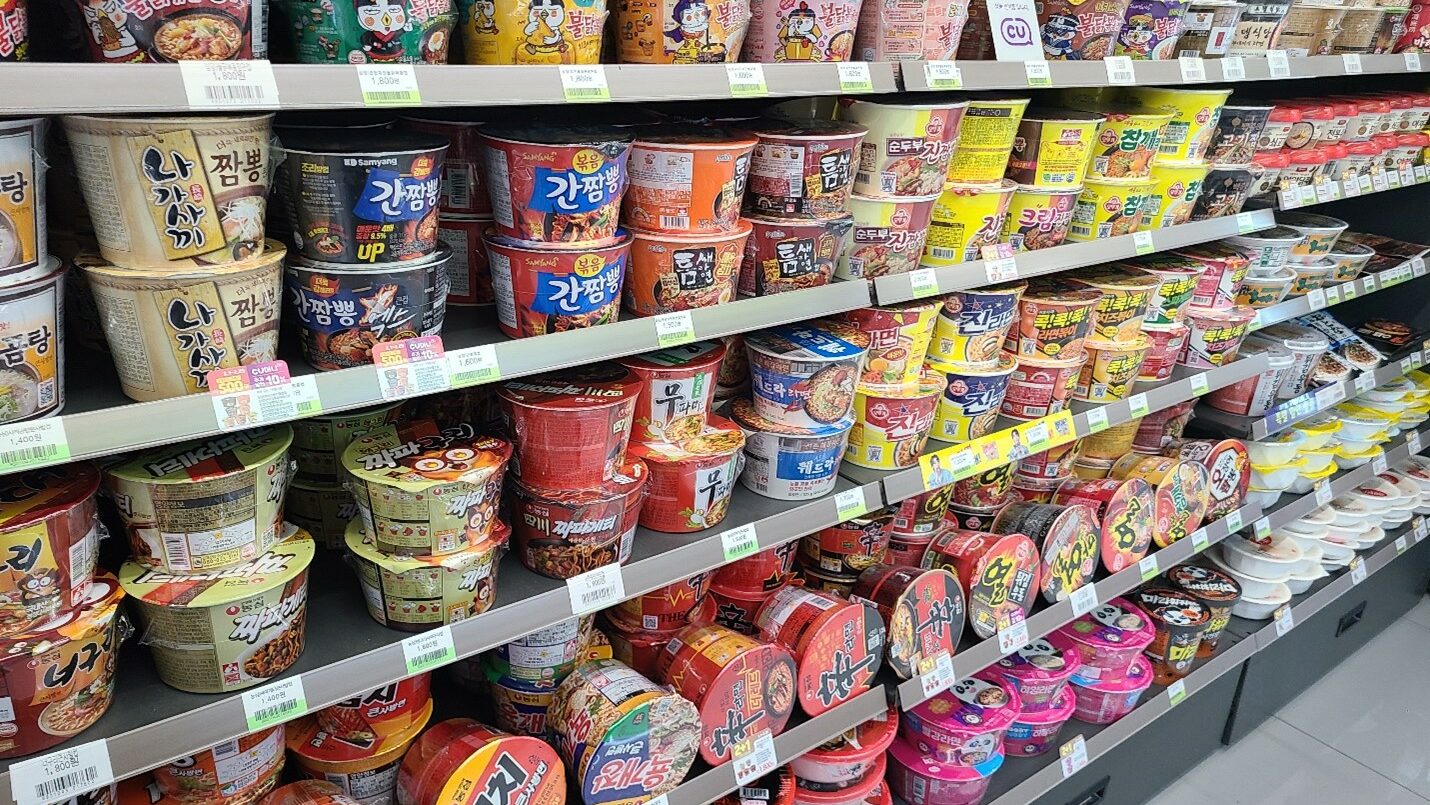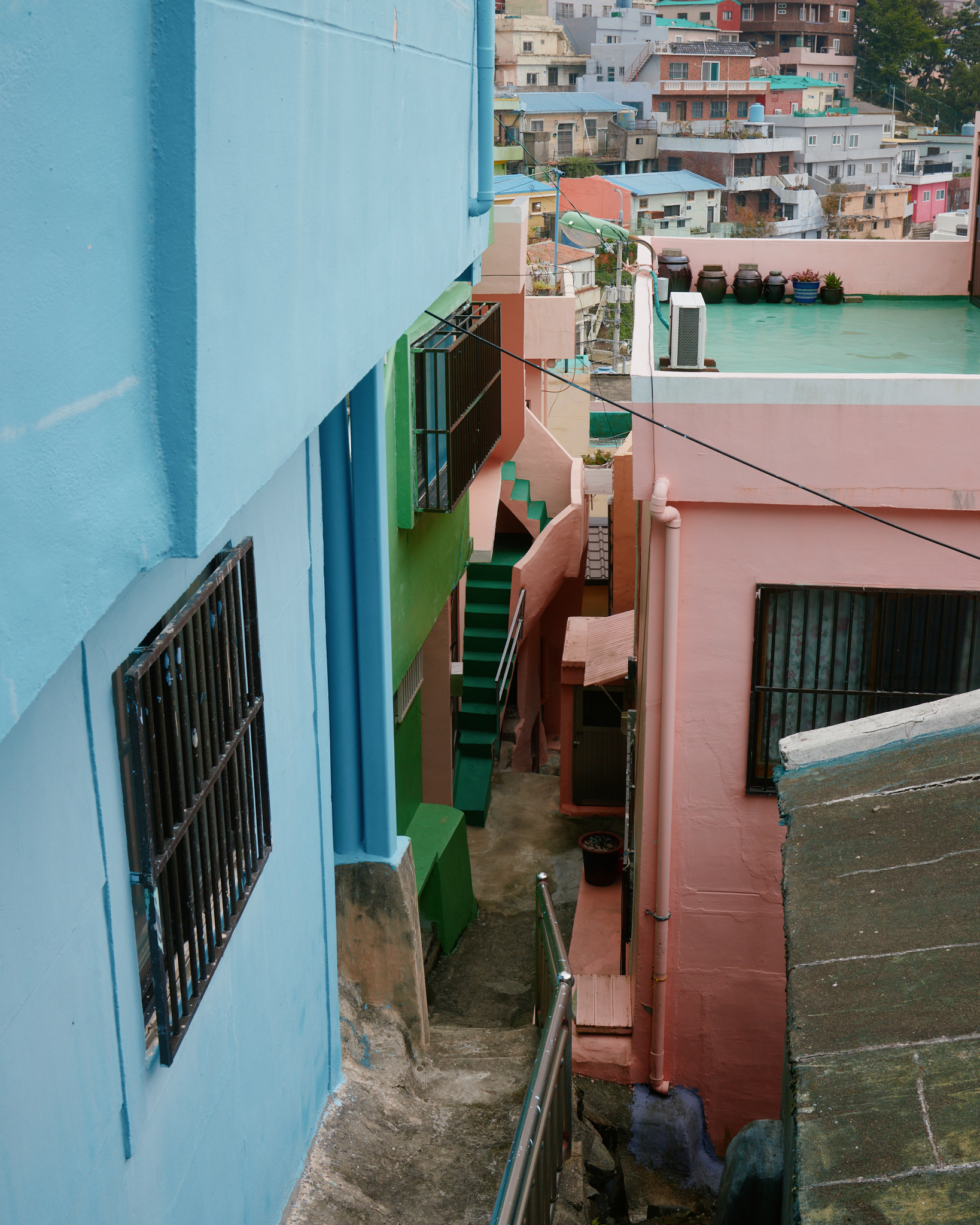Best time to visit South Korea

Seasons and weather in South Korea
Travel to South Korea is possible all year round, but each season is quite dramatically distinct - a characteristic it shares with Japan. But while the Japanese have a season-focus bordering on obsession the fun-loving Korean's seem determined to enjoy them as much as possible. Plus with Korea being a small country, you can appreciate each season from every angle (coast, mountain, city and rural) should you choose to.
While it's possible to travel in each season, there's a reason spring and autumn are the most popular. Think great temperatures and spectacular natural beauty. But if you like it very, very hot or especially cold then summer or winter could be for you.
March – May: visiting Korea in spring
Like its neighbour Japan, South Korea has a clear, warm, pleasant spring, which arrives with the country's famous cherry blossom. The blooms may not be quite as dramatic as Japan’s – and the subject of cherry blossom is actually a little contentious – but politics aside, it's an amazing time to visit (and it’s rivalled only by autumn for the sheer amount of natural beauty on show).

Cherry blossoms mark the beginning of spring in South Korea
Yellow Dust (황사)
Every year Korea experiences 2-3 weeks of ‘yellow dust’ – a meteorological phenomenon that affects much of East Asia year-round, but especially during spring. Masks may be recommended on bad dust days.
June – August: visiting Korea in summer
There’s a notable increase in rainfall over the summer months between June and August - in Korea it's known as jangma, or the East Asian Monsoon. Temperatures can be very hot, with long periods in the low 30s during July and August. Though it may be the stickiest and the most humid time to travel to South Korea, summer is still be a good time for a holiday if you want to spend time on the coastal/ island regions and like it hot, or if you’re planning on hitting the mountainous and prefer to be at altitude when it's warmest.

The Jeongbang Waterfall which falls directly into the sea, Jeju-do, South Korea
September – November: visiting Korea in autumn
Along with spring, autumn is one of the best (and most famous!) times to experience South Korea – with gorgeous temperatures, bright, clear weather, and fewer rain showers. From September to November, the scenery comes alive with brilliant colours as the leaves change – making autumn the perfect season to travel to South Korea for hiking and photography.

Nami island swathed in Autumn colours
December – February: visiting Korea in winter
Winter in South Korea is usually very dry and very cold. Temperatures don't rise much above freezing throughout December, January, and February. Snowfall is common, especially in elevated areas where temperatures will occasionally dip as low as -20C. On the other hand, this is the best time for winter sports in South Korea, especially in the winter sports hubs around Pyeongchang and Seoraksan.

Winter in the city
Thinking about travel to Korea? Download our brochure for ideas and inspiration or get in touch with our passionate, expert Travel Consultants to talk about your questions and ideas.



